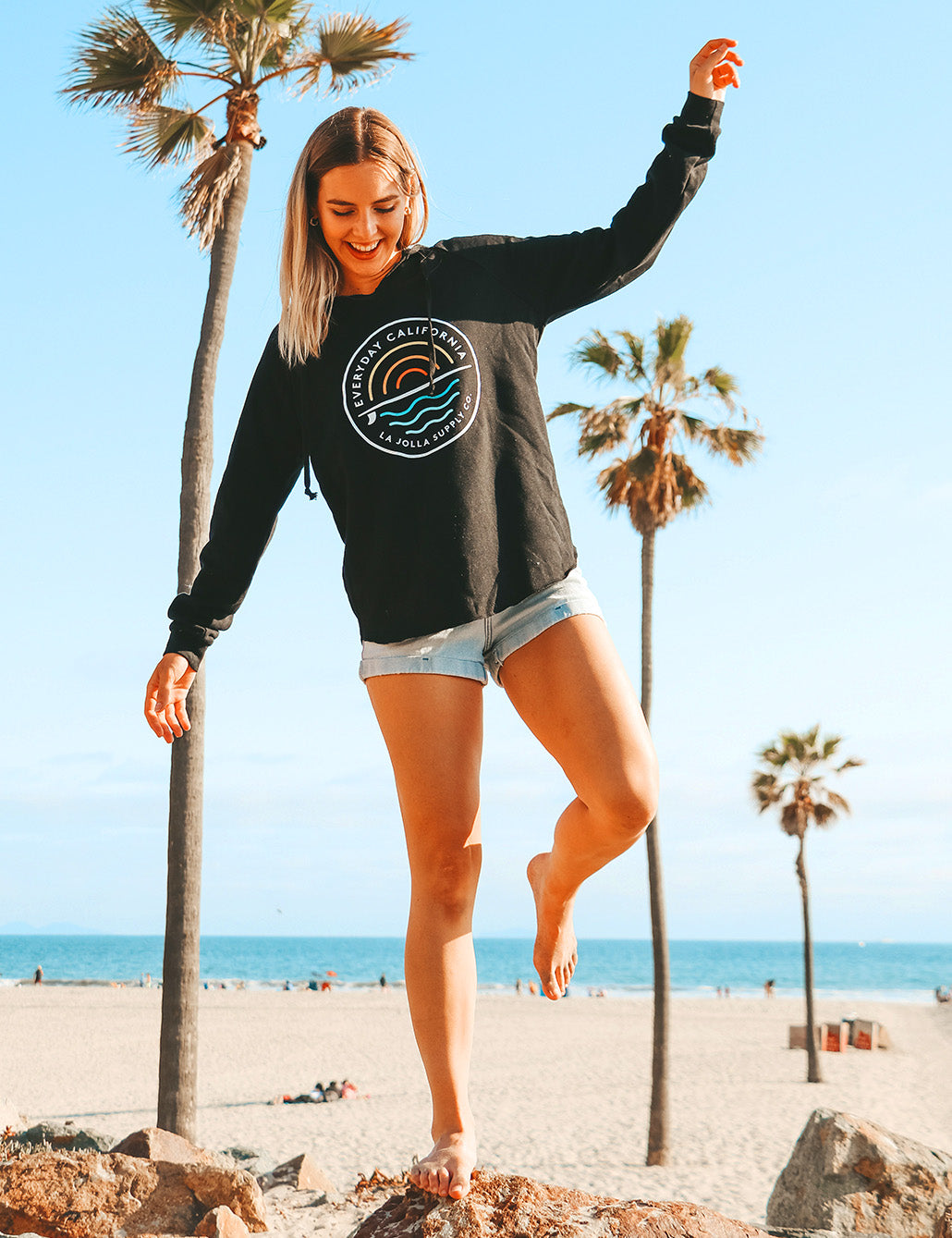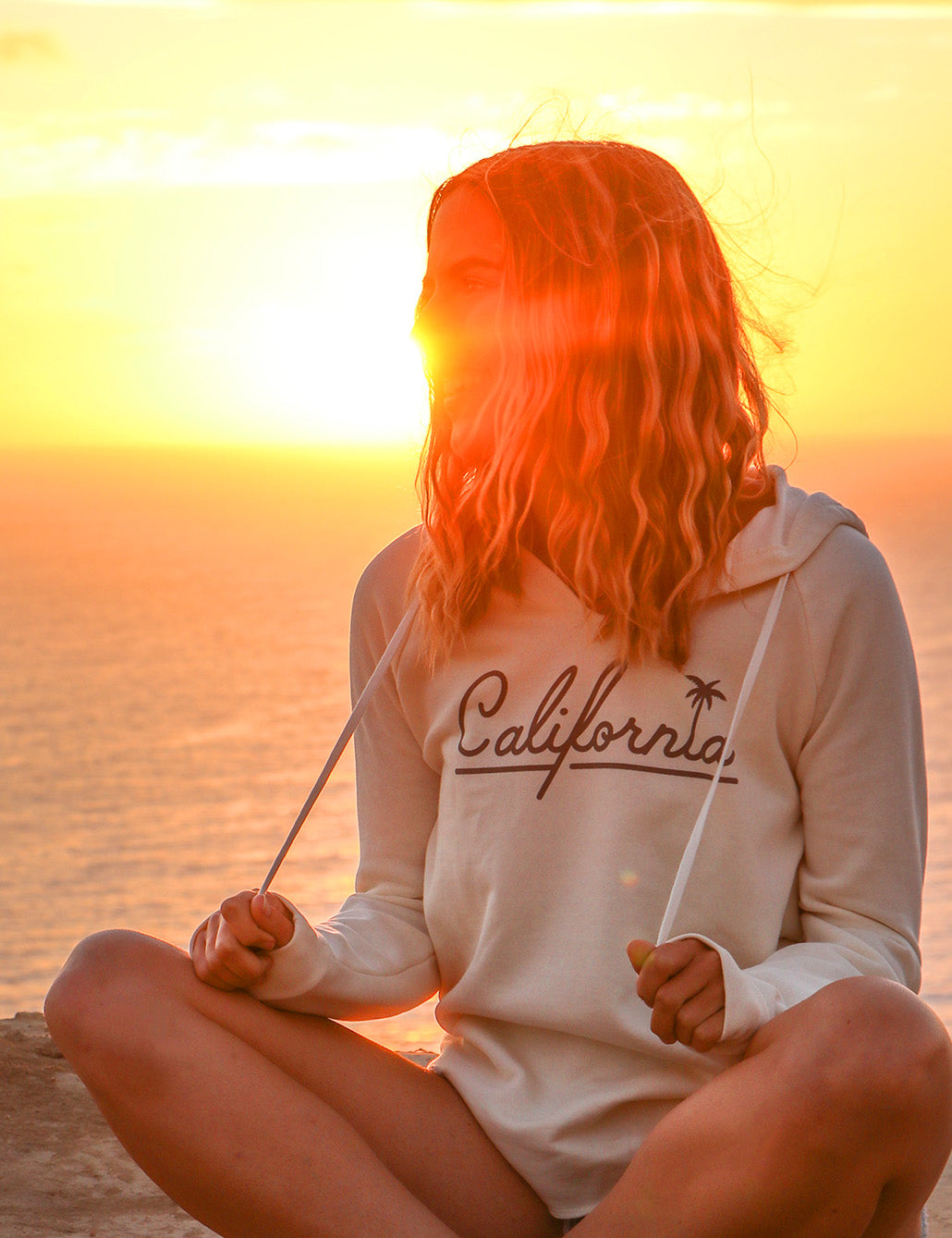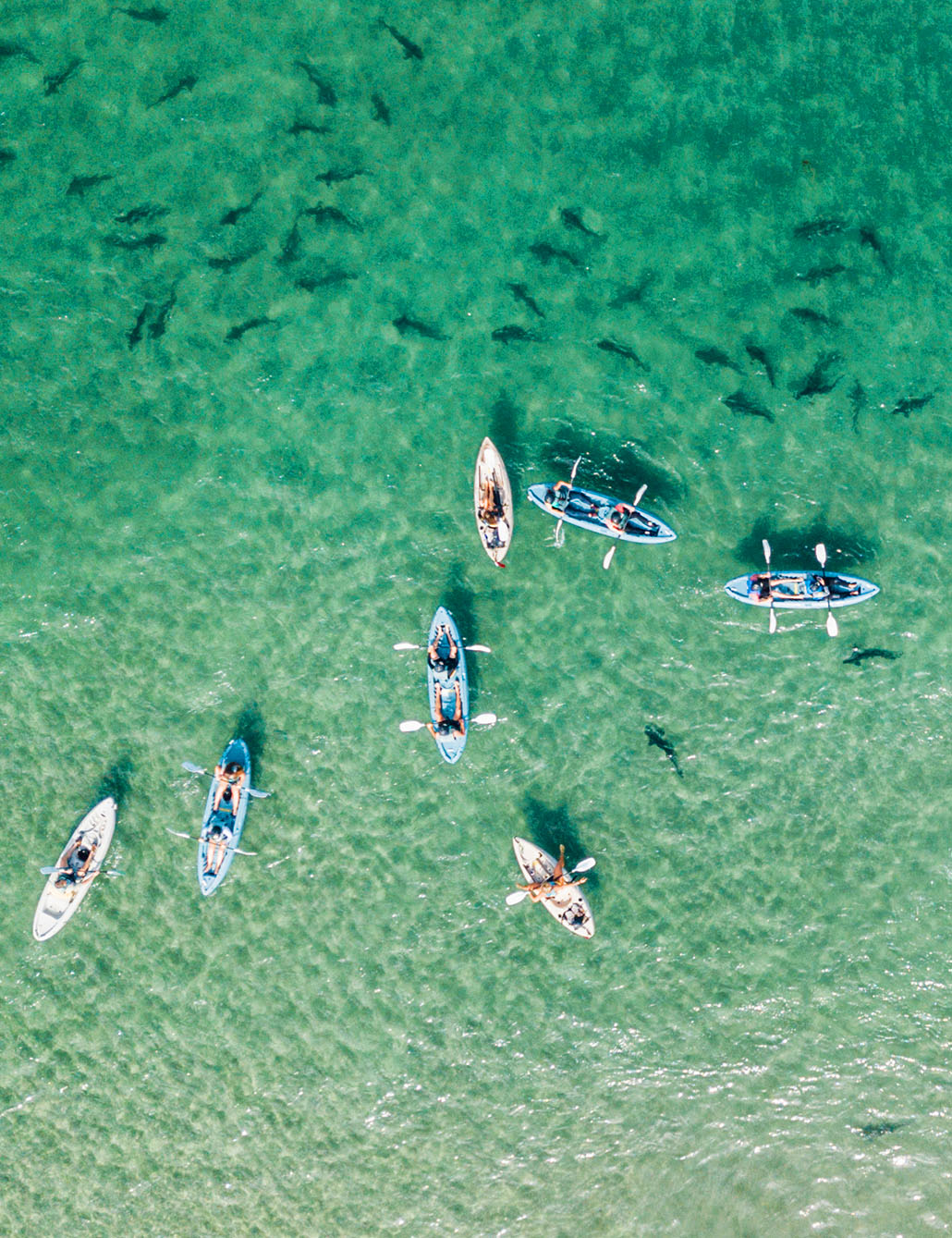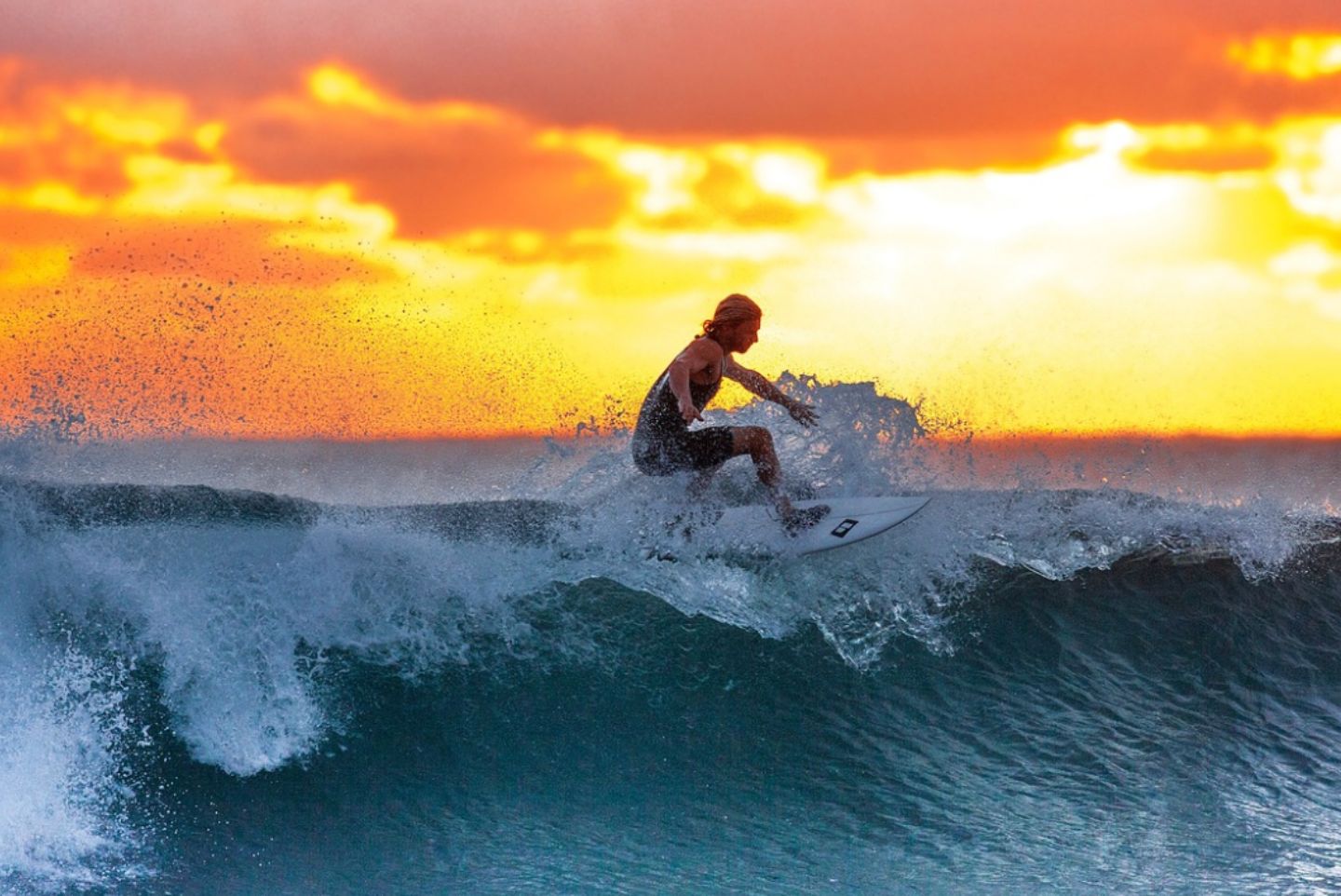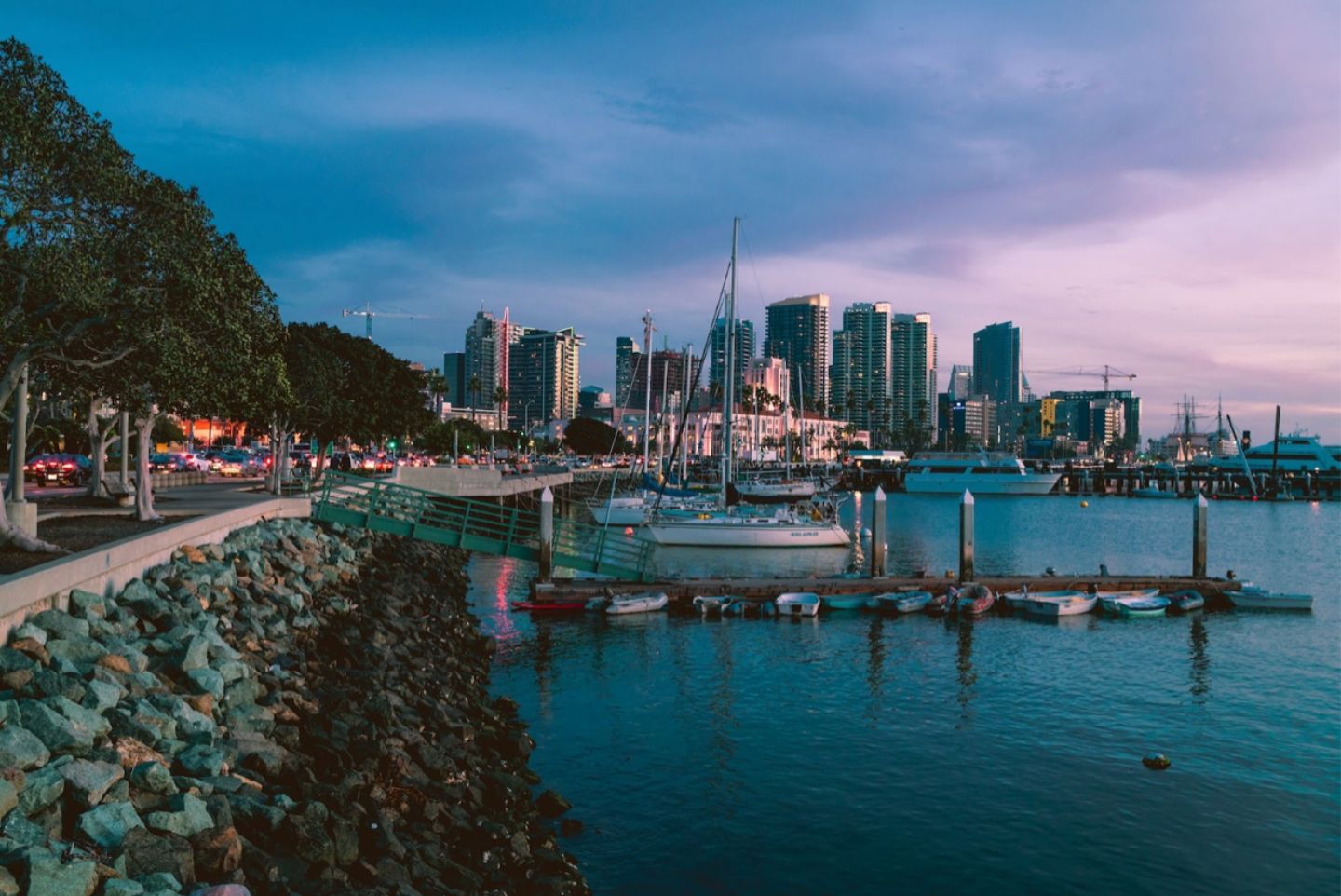A Beginner’s Guide to Surfing Fashion - All You Need to Know
Surfing is a physical activity that came into prominence sometime during the late 19th century when three teenage Hawaiian princes visited Santa Cruz, California, to take a break from their boarding school.
There is evidence that suggests surfing has existed for thousands of years but it wouldn’t become truly popular until the late 19th century.
Eventually, two Hawaiian students at John Wrightson's college taught Wrightson how to surf, which eventually led to George Freeth creating the modern surfing style (he is often referred to as the Father of Modern Surfing).
Over the years (and especially during the 50s and 60s in the US), surfing and the surf subculture began growing in popularity, which eventually helped it become a full-fledged sport.
Nowadays, surfing is popular all around the world but the activity itself isn’t the only thing that caught steam. The growth of surfing also brought interest in surfing fashion which is often associated with an explosion of colors and the freedom that surfing brings.
And with that, let’s kick off this guide to surfing fashion!
The Origin of Surfing Fashion
When a few surfing hotspots appeared around the globe in the 1950s, no one could have envisioned that just a few decades later, an entire fashion industry would be making clothes whose designs would be connected to surfing.
At the time, traditional surfing equipment and clothing (wetsuits, for example) weren’t even invented. On top of that, surfing wasn’t seen or considered as a sport yet and it was a way for people to escape their busy lives to feel the wind in their hair and the sun on their skin in a free, relaxed manner.
Surfing fashion wasn’t a term used in the fashion industry like today but signified what was, in essence, a DIY attempt at making your own surf clothes. There were no fashion industry giants creating designer surf clothes with intricate patterns and gorgeous color combinations - it was all the surfers themselves.
But things started to change in the 1960s when Elvis Presley acted in the Blue Hawaii movie, emboldening and motivating people to give surfing a shot (it was Elvis, after all, and people loved Elvis).
In a short while, surf fashion went from DIY ‘rags’ to having an established, albeit small, fashion presence. Small surf brands began popping up and the rest, as they say, is history.
Popular Surf Brands Today
Most surf brands that have established themselves as market leaders in the surf fashion industry started out as ideas in a surfer’s garage. Originally, surf clothes were meant to be comfortable and functional as opposed to aesthetically pleasing.
In the first few years, most clothes featured a single or double color combination with basic graphical patterns but as time progressed, they evolved into Aloha shirts, Cabana shirts, colorful bikinis, and other eye-catching clothing types.

O’Neill were famously one of the most innovative surf brands out there and founder Jack O’Neill is credited with the invention of the wetsuit, with his son Pat continuing in his father’s footsteps and inventing the leash.
While O’Neill still offers surf clothing, they’ve expanded into the wider world of adrenaline sports such as snowboarding, skateboarding, etc.
In their stead as the most popular surf brands came Rip Curl, Quicksilver, and Billabong (known as ‘The Big Three’ of international surfing fashion brands).
Brands such as Oakley, Reef, and Rainbow are well-known for specific surf items like sunglasses and sandals.
Overall, the surfing fashion industry is filled with high-quality surf brands that produce some highly sought-after clothing and equipment that are crucial in enabling a surfer to feel comfortable, safe, and ready for the waves.
Grassroots & Niche Surf Brands
When the 21st century came about, many started growing a slight form of resentment toward big surf brands due to their shift in priorities and the widening of their target market. Those who considered surfing a lifestyle felt that the brands started pushing their clothing to non-surfers and people who don’t even like surfing to maximize profits instead of appealing to the surfing community.
As such, there was a paradigm shift where some disgruntled people started their own surf brands with a focus on grassroots and the traditional feel of surfing fashion. These smaller brands quickly became popular, and the industry itself changed.
Large brands experienced a decline in profits but not to a large extent. Today, both sides of the same coin experience a healthy dose of customers which is a good thing for both the industry and the customers themselves.
For one, there will always be something for everyone, whether they’re a hardcore surfer or are just starting to have an interest. Even the people who wear surf clothes purely for aesthetics have a wide range of options, even just among the top brands.
Surf Clothing



